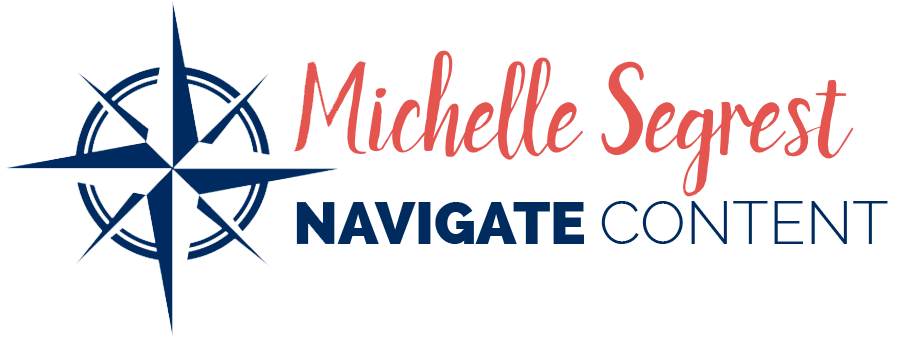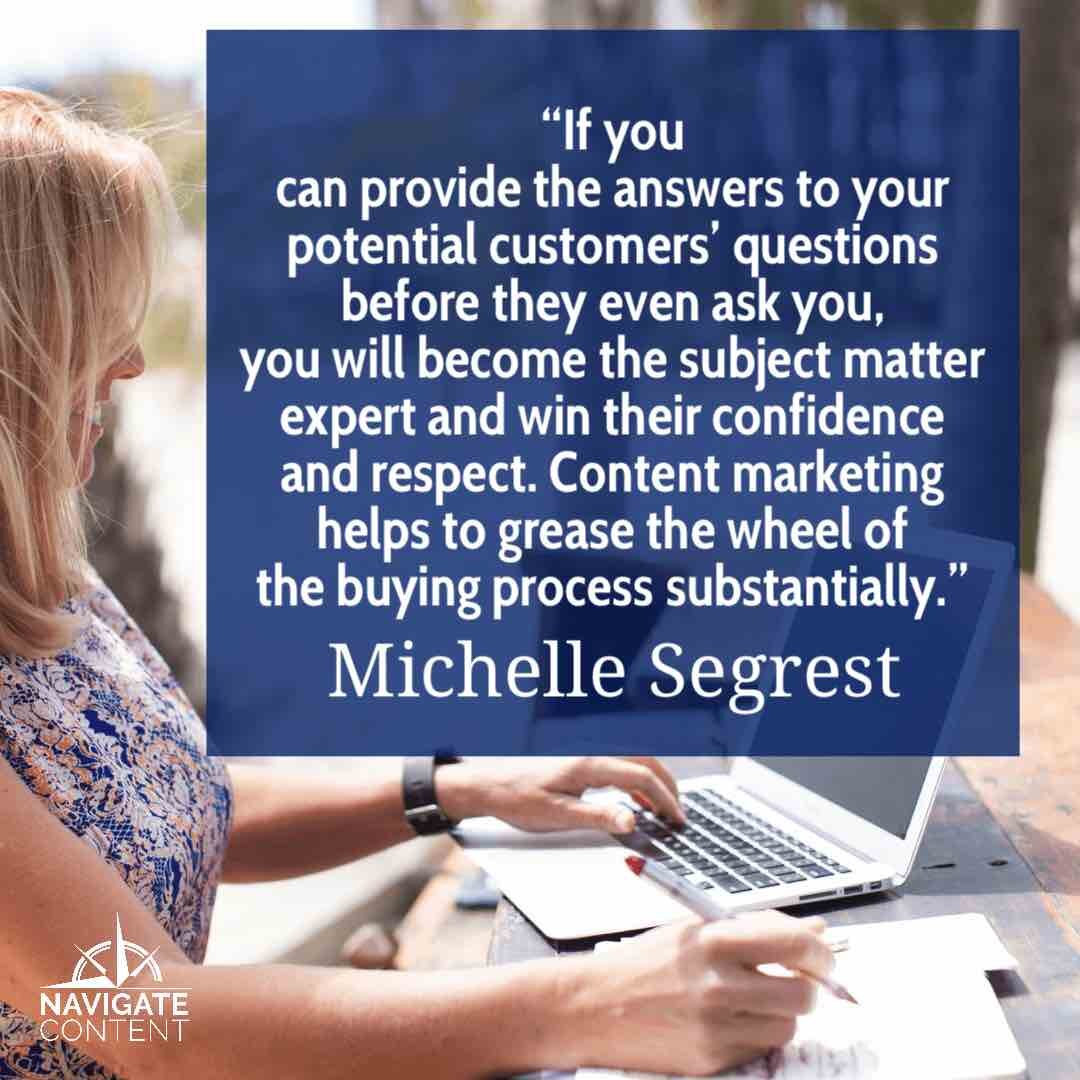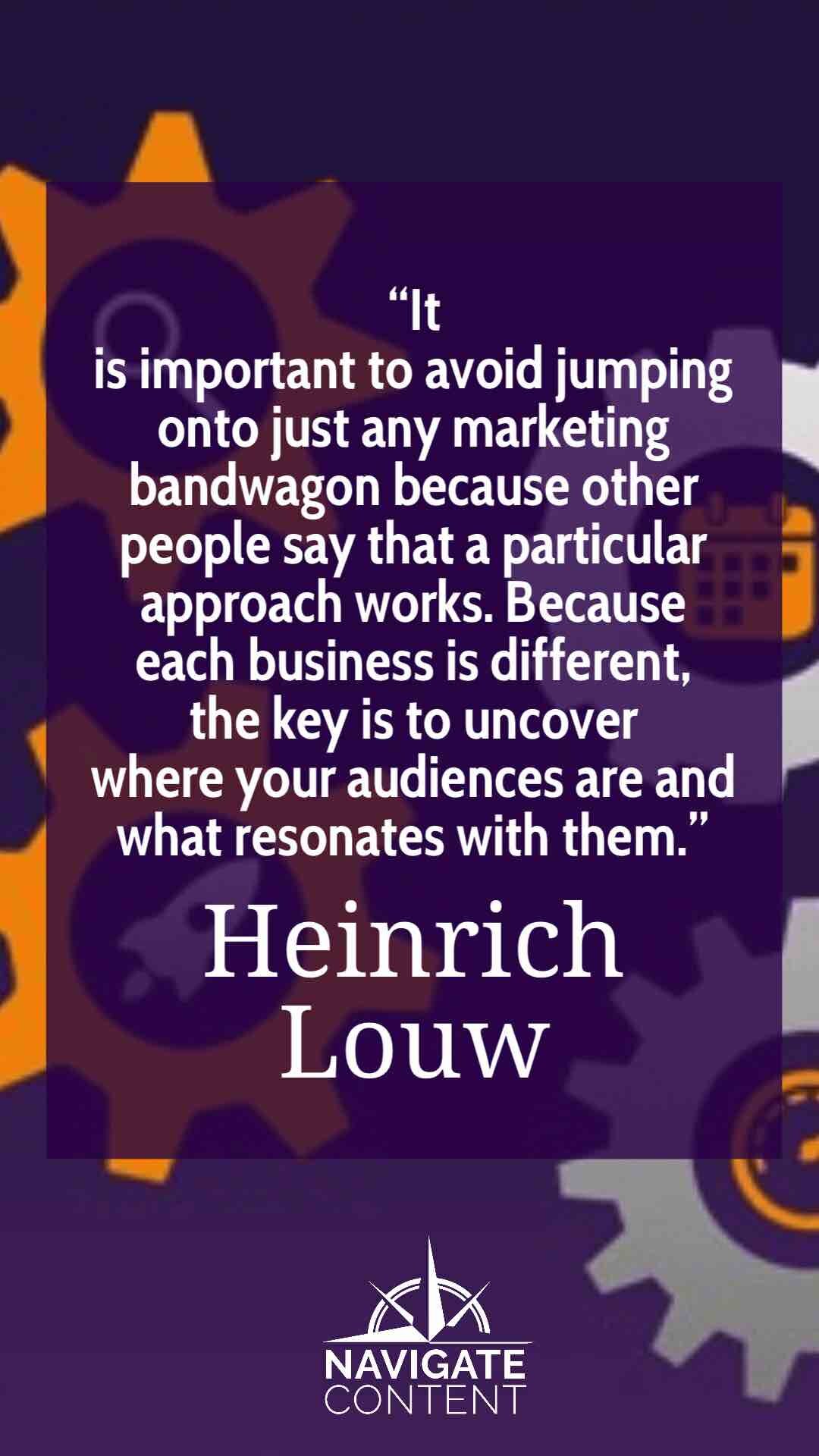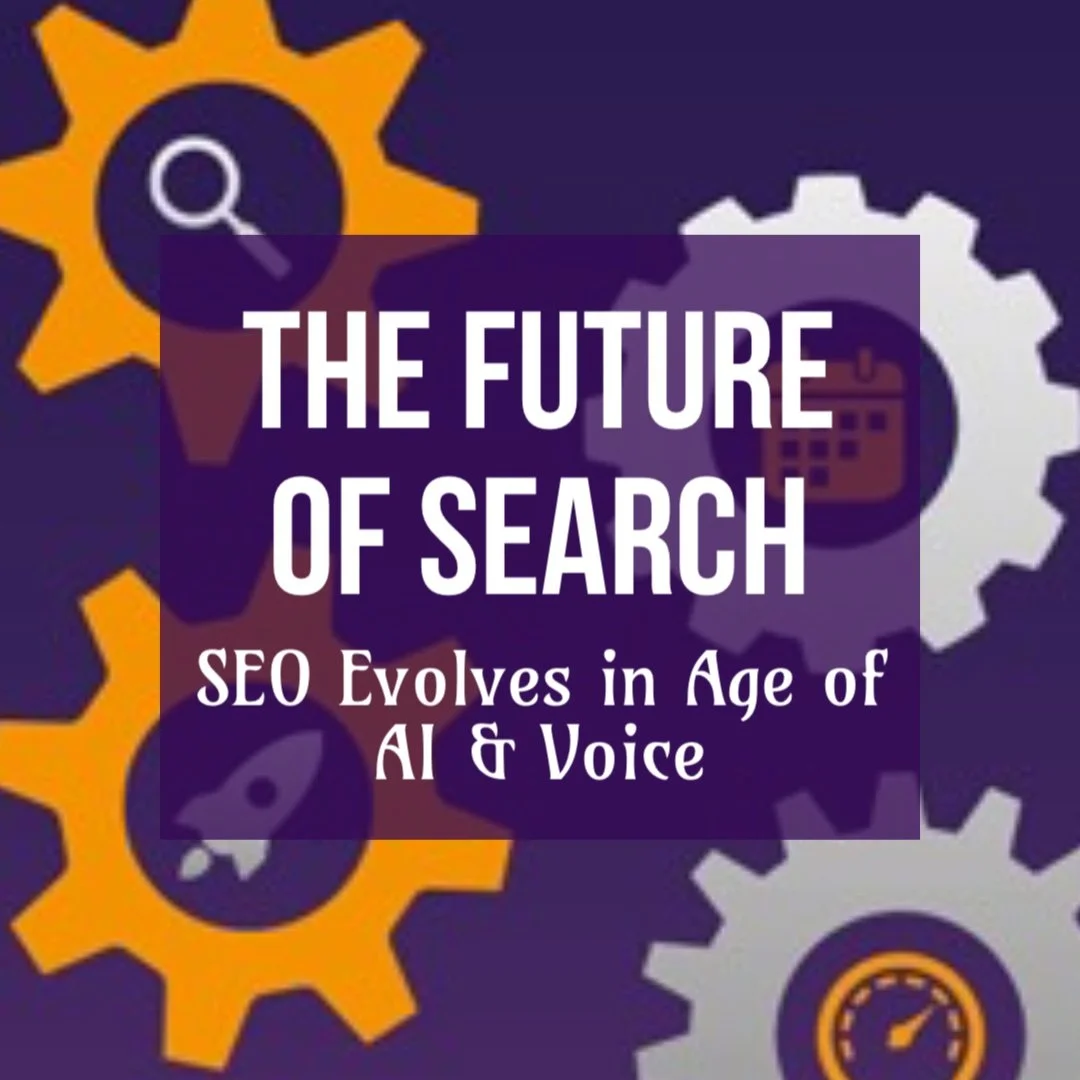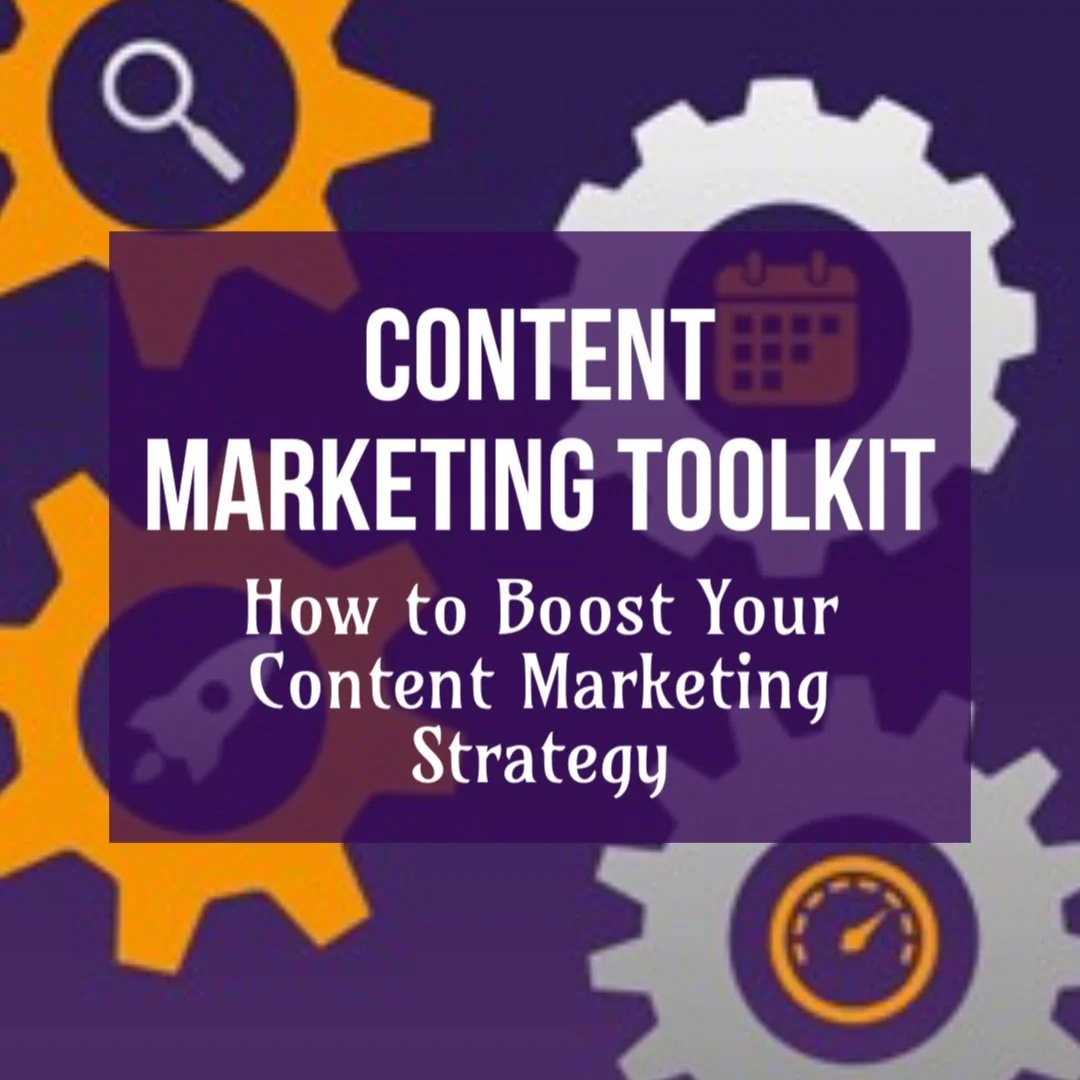Beyond Keywords: How Industrial Marketers Can Structure Content for AI-Driven Search
/Learn how industrial marketers can structure content for AI-driven search, increase visibility in Google AI Overviews, and reach technical buyers with trusted expertise.
By Michelle Segrest, Navigate Content Marketing
Google’s shift to AI-powered search means traditional SEO alone isn’t enough. Industrial brands must structure content with clear expertise, organized knowledge blocks, and intent-driven answers to win visibility in AI Overviews—and reach engineers and plant decision-makers earlier in the buyer journey.
What You’ll Learn
How AI search engines interpret structure differently than traditional SEO.
The content formats (lists, summaries, takeaways, FAQs) that improve AI visibility.
Simple structural adjustments that help content rank in AI overviews and answer engines.
The Problem: SEO Has Changed—and Most Industrial Content Hasn’t
Industrial marketers built the last decade of SEO on a predictable formula: target keywords → optimize metadata → build backlinks → reach page one. But AI-driven search changes the rules. Now, Google often answers questions without sending visitors to websites at all.
This creates a risky scenario:
Your content can be technically superior…but AI may still select your competitor’s answer instead.
For sectors where inquiries revolve around downtime reduction, safety compliance, throughput improvement, and environmental impact—being the source of the answer is everything.
If your content doesn’t help Google understand—and trust—your expertise quickly, it’s no longer visible when it matters.
Structure Content That Gives AI What It Needs
Think of AI search like a highly selective editor. It chooses:
Clear over clever
Depth over dilution
Organization over clutter
Industrial brands can win here because the knowledge already exists within engineering teams. However, it must be structured so AI can extract and reuse it. To accomplish this:
Expand explanations behind operating principles
Separate specs, benefits, applications, and materials
Turn technical guidance into distinct insights blocks
Example transformation:
Less effective
“This pump is great for abrasive slurries.”
AI-friendly structure
“The pump’s chrome-carbide rotor coating extends wear life by 3–5x in abrasive slurries, reducing maintenance shutdowns.
When information is precise, authoritative, and easy to parse, AI sees it as a reliable building block for answers.
Key takeaway:
Knowledge must be organized like a reference library — not a novel.
Create Answers That Match Real Industrial Intent to Win Google AI Searches
Engineers rarely browse—they hunt for a solution.
Their searches reflect urgency and context:
“Prevent seal failures with corrosive chemicals”
“How to maintain polymer-free sludge handling”
“BABA-compliant pump manufacturers near me”
These are not generic questions. They signal where the buyer is in the decision cycle.
By structuring content to match intent:
Early-stage: educational fundamentals
Mid-stage: comparisons + configuration guidance
Late-stage: cost justification + case proof
This gives AI a map of relevance.
Key takeaway:
When your content aligns with the buyer’s operational need, AI elevates it as the best path to a solution.
Transform Case Studies Into AI-Friendly Proof
Case studies are the most credible asset in industrial marketing, yet they are the most under-optimized. Too often, results are buried deep in narrative.
To solve this challenge, bring the outcomes forward:
“80% water recovery achieved”
“50% reduction in maintenance hours”
“+10 years lifespan in abrasive mining slurry”
These performance claims—tied to measurable success—become persuasive insights AI can instantly identify and trust.
Don’t just say the solution worked.
Show how well, under what conditions, and why it matters.
Key takeaway:
If you don’t surface your wins, AI will assume you don’t have any.
Refresh Frequently to Maintain Authority
AI uses recency as a proxy for accuracy.
If a topic evolves (regulations, chemical standards, oxidation rates, wear protection strategies…), stale content becomes risky for AI to cite.
Small updates—new data, added sources, updated certifications—send a strong signal:
“This information is still true today.”
Industrial brands with active content governance rank higher not because they have more content — but because they maintain what they have.
Key takeaway:
Regular updates turn content into a living, growing asset—not a forgotten web page.
Build Multi-Page Authority (Not One-Off Content)
AI search doesn’t just analyze pages. It analyzes patterns of expertise across your entire site.
If you publish one article on tailings management, that’s content.
If you publish a cluster — tailings→ centrifuges → polymer-free processing → water recovery → wear protection → case proof — that’s authority.
Internal linking reinforces:
Breadth of capability
Depth of understanding
Relevance across applications
Backlinks from industry media magnify this effect—telling AI that the market itself considers your knowledge credible.
Key takeaway:
Authority isn’t claimed. It is demonstrated through content ecosystems.
Measure What Matters in AI Search Performance
Traditional rankings and clicks still apply—but AI introduces new KPIs:
Visibility in AI-generated summaries
Featured snippet dominance
Zero-click action influence
Buyer engagement deeper in the funnel
This future-ready metric set tracks whether your expertise is shaping decisions, even before conversions occur.
Key takeaway:
If you only measure traffic, you’ll miss the new ways content wins.
Final Thoughts: Become the Source AI Trusts Most
Industrial companies have something AI desperately wants:
Factual expertise proven in the real world.
Engineers are asking complex questions. AI is looking for credible answers. Your content—if properly structured—can be the bridge.
The brands who adapt now will shape buying decisions tomorrow.
The ones who don’t will quietly disappear from visibility.
Ready to transform your strongest technical stories into the answers Google features first?
Let’s optimize your industrial content for the age of AI-driven search.
Key Takeaways
AI prioritizes clarity, context, and structure—not keyword density.
Content built for skimming (headings, bullets, summaries) performs better in AI-generated responses.
Building content for AI now creates a competitive advantage as search behavior evolves.
Michelle Segrest is President of Navigate Content, Inc., a full-service content creation firm. She has been a professional journalist and content creator since 1989. She is the co-author of How to Creatively Market a Technical Product, and the author of the Modern Manufacturing Complete Series. Contact her at michelle@navigatecontent.com
